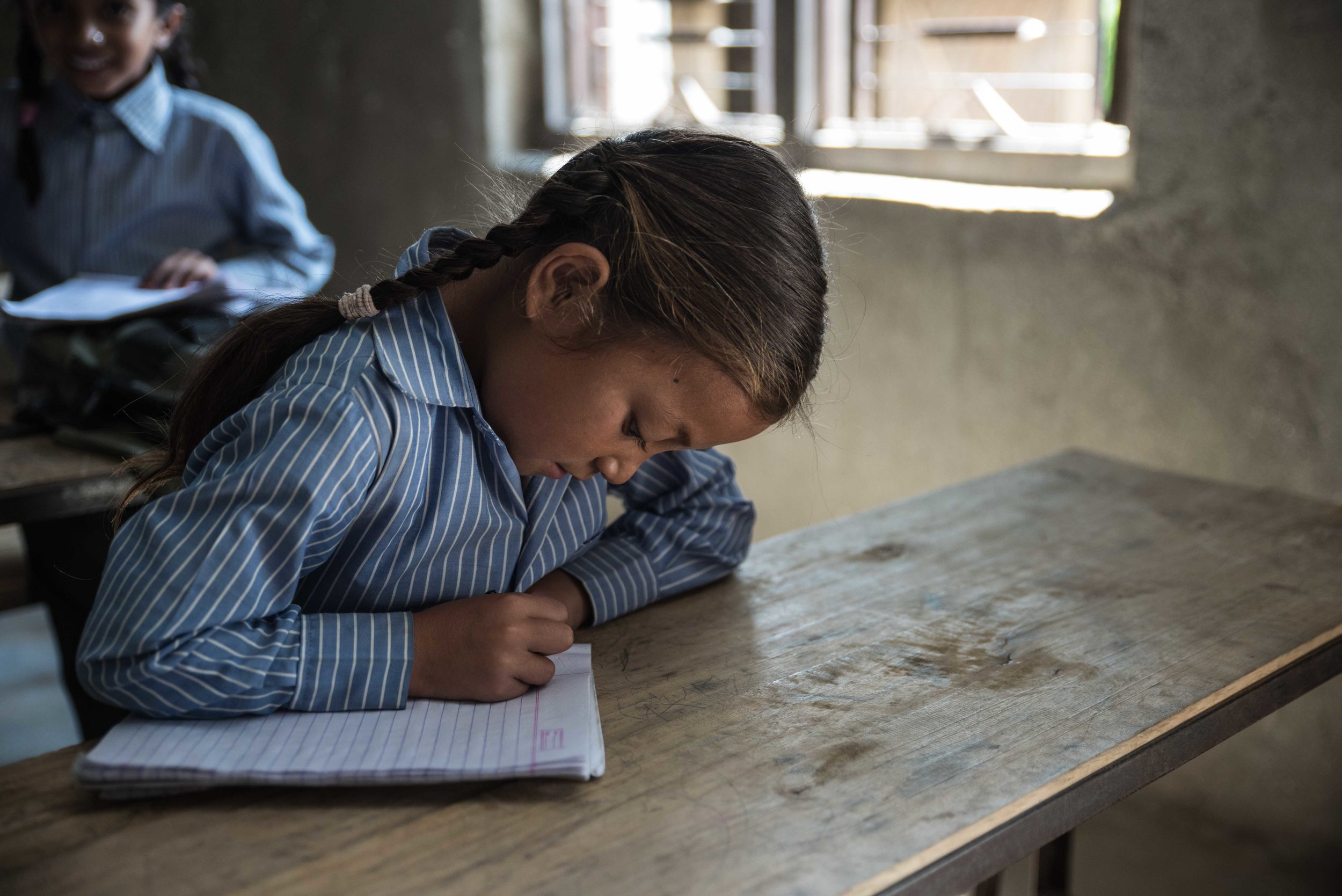There are 117 million “missing women” in the world today. 6 million more go missing every year.
Gender inequality leads to inequities in health, access to education, socioeconomic mobility, vulnerability to violence and sex-trafficking among other consequences. Across the world, women continue to be barred for economic and social participation. Closing the gender gap requires ending discriminatory laws, uprooting discriminatory cultural practices, reimagining economies centered around achieving gender equality, and promoting the political representation of women.

The Problem
There are 117 million “missing women” in the world today, 6 million more go missing every year. Gender economist Duflo found that 23 percent went missing before they were born, 10 percent went missing in early childhood, 21 percent went missing in their reproductive years, and 38 percent went missing after the age of 60.
Missing women are the women that would have been born or would still be alive if gender discrimination did not exist. Sex-selective abortion, infanticide, malnutrition in childhood, gender-based violence and other discriminatory practices have led to the excess mortality of women. But this is only the starkest example of gender inequality. Gender inequality leads to inequities in health, access to education, socioeconomic mobility, vulnerability to violence and sex-trafficking among other consequences. Across the world, women continue to be barred for economic and social participation.
Gender inequality is inextricably linked to climate change, food security, access to education, and war and conflict. Women are frequently forced to sacrifice the most under dire circumstances. When poverty-strikes families are forced to reallocated resources, they will spend their money on feeding their fathers and sons first. The education and medical treatment of boys too often takes precedent. When economic development occurs in the absence of policies to empower women, women still benefit disproportionately.
Policy must be gender-focused and guided by ethical and moral imperatives —
Gender equality and economic development are mutually reinforcing. Historically, economic development has been highly correlated with driving down gender inequality. Promoting gender equality and empowering women also fuels sustainable economic development. But we know that poverty alone cannot explain gender inequality in the developing world today, therefore promoting economic development in void of gender-based policies will also be insufficient in driving out gender inequality. Developed countries continue to confront gender equality issues like as the lack of political representation, gender-based violence, and sex-selective abortions. This indicates to us that the two developmental goals are not self-sustaining, and addressing gender inequality requires specific policy commitments beyond economic development. Our desire to bridge the global gender gap should be shaped by moral and ethical imperatives. Placing too much faith on economic development and market forces in fixing global problems crowds out discussions of our shared moral responsibility to address gender inequality.
Closing the gender gap requires ending discriminatory laws, uprooting discriminatory cultural practices, reimagining economies centered around achieving gender equality, and promoting the political representation of women.
World Bank Strategy
The World Bank’s action items encourage governments to focus on filling the gender-specific market failures through policies specifically directed at promoting gender equality. The World Bank encourages and helps states to act and enact policies to achieve the following thematic goals:
Human capital: designing interventions that seek to raise women’s human capital by promoting women’s access to education and health.
Economic opportunities: implementing temporary employment cash-for-work programs, encouraging female landholdings, giving women access to profitable economic activities and microfinance opportunities.
Access to finance: increasing women’s financial independence by providing women with access to productive assets like credit and loans, and improving women’s financial literacy through educational programs
Women’s empowerment: encouraging women leadership, using policies and laws tom empower, and using empowerment as tool to fight domestic violence and other forms of gender-based violence.
UNICEF Strategy
UNICEF’s Strategic Plan for 2018-2021, the Gender Action Plan (GAP), prioritizes problems that affect adolescent girls. Their goals include:
Ending child marriage
Advancing girls’ secondary education
Promoting gender-responsive adolescent health (nutrition, pregnancy prevention and care, HIV and HPV prevention)
Supporting menstrual health and hygiene
Preventing gender-based violence in humanitarian settings
The work of combatting gender equality involves all policy areas and institutions and requires whole-of-government commitments.
To achieve concrete policy outcomes, all governments need to guide policy with sound data, allow for dialogue and partnerships with international and civil organizations, monitor and report progress regularly, and tailor policies to fit specific gender equality goals within the country.
Globally, gender equality lacks the robust political will it deserves because it is too often seen as a symptom of developmental problems, and too often viewed as a mere stepping stone towards sustainable development. Yet gender equality is a human right, and policy should be guided by a ethics and a commitment to protecting this inalienable right.
